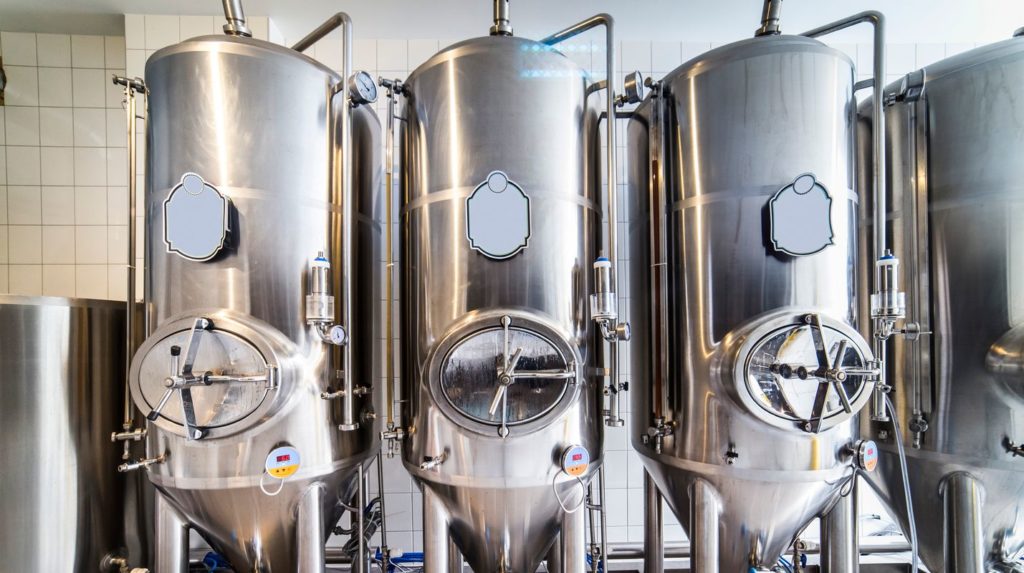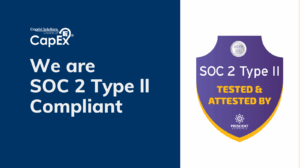What can be capitalized in your business? The answer to this poses a follow-up question: What is right for your business?
Every day, organizations make decisions that speak to how to make the best choices on where to allocate money. Should they be putting money into equipment? New facilities? People? Maintenance?
What is continuously returned to is the battle between Capital Expenditure (CapEx) and purchasing items as a service (a direct operating expense).
One of the requirements for investing in CapEx involves the purchasing of equipment that is typically higher than $1000 (USD). When a purchase of equipment costs greater than $1000, the IRS instructs to depreciate the product based on its useful life.
It can be that a product has a shorter life span than the projection; or a product that has a longer life span than the projection. Although this isn’t clear cut, generally, most businesses stray from gambling with their money and potential negative tax matters.
A direct operating expense is just like any other expense – it will get written off when the check gets written, in that current month and during that current year.
Things that you may think you can’t capitalize on you may able to. Let’s take a closer look.
IT

Question: Should I move my business into the cloud or continue to buy hardware?
Buying Hardware
Hardware requires you to purchase power, the Internet, circuits, security, and ongoing maintenance. These purchases are all bought with an upfront cost to get them up and running. Note that the average life span of a server today is five years if it is properly maintained.
But hardware usability declines over time.
One of the negative aspects of buying hardware is that licenses and equipment depreciate, and eventually, businesses don’t gain benefits from them. Buying hardware is an upkeep cost that has to be paid on a continuous, long-term basis.
Conversely, moving your business into the cloud. While the cloud could be more expensive than having an on-premise solution, you need to consider the growth or decline potential of your business. With the cloud, you have the flexibility to reduce it should your business decline, while the hardware will always cost you to maintain.
Environmental Capital Expenditure

When you associate future economic benefit, you should be capitalizing. Investors often evaluate future economic benefits in terms of environmental CapEx.
There are two environmental components: low-polluting companies that are complying with environmental regulations, and high-polluting companies that are barely meeting minimal environmental standards.
There are economic benefits when it comes to environmental CapEx investment by low-polluting companies; however, not with high-polluting ones. To invest, use environmental performance data to assess your environmental liability, which will interpret your future spending obligations. It is estimated that average unbooked liabilities of $560 million for high-polluting companies, or 16.6 percent of capitalization.
Repairs and Maintenance Expenses

Repairs and maintenance are expenses that you incur to restore an asset to a previous operating condition. Furthermore, to keep the asset in its current operating condition means expensing, as well. This isn’t capitalized. You need to ensure that repairs and maintenance expenses are reported as operating expenses at the time they were incurred.
The cost of maintenance is a regularly recurring expenditure that is required to keep a property in a healthy, operating condition. This type of expenditure, regardless of cost, should be expensed and should not be capitalized.
Question: I about capitalizing fixed-asset expenditures in my business?
Go through the following questions for specific fixed-asset purchases:
- Make sure to find the base acquisition cost of the fixed assets.
- Add to the base price any costs related to securing the asset (as outlined by IRS policies).
- Set an expected useful life for the fixed assets (in years or months)
- Depreciate the resulting amount on the books.
- Record depreciation annually or monthly (recommended monthly as it’s a true cost of the business and needs to be shown to the true profit or loss each month.)
In conclusion…
Note that in accounting, the cost of an item is capitalized on an organization’s balance sheet if it expects to consume an item over a length of time. Instead of expensing it, the cost of the item (fixed asset) is capitalized and is depreciated over its useful life.
Whether it’s materials, real estate, inventory, equipment, and vehicles, these expenses are associated with intangible assets and can be capitalized. Capital expenses are money you spend on assets of your business each year both for the cost of the assets and their upkeep. You can deduct these expenses, instead of taking them as an expense when the asset is bought.





